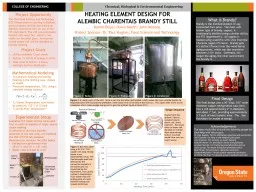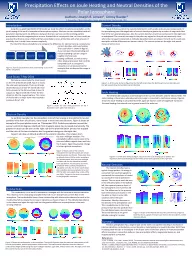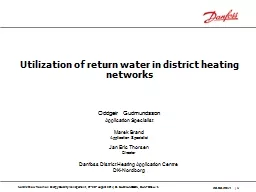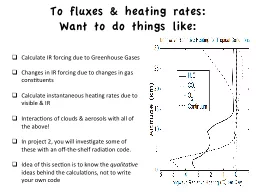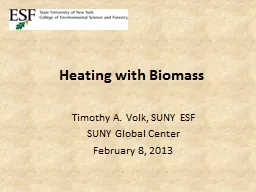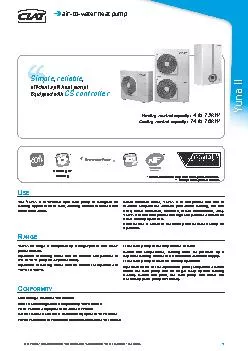PPT-Heating Element Design for Alembic
Author : liane-varnes | Published Date : 2017-03-17
charentais Brandy Still Kamin Beyer Owen Madin John Monroe Project Sponsor Dr Paul Hughes Food Science and Technology What is Brandy Brandy is the distilled product
Presentation Embed Code
Download Presentation
Download Presentation The PPT/PDF document "Heating Element Design for Alembic" is the property of its rightful owner. Permission is granted to download and print the materials on this website for personal, non-commercial use only, and to display it on your personal computer provided you do not modify the materials and that you retain all copyright notices contained in the materials. By downloading content from our website, you accept the terms of this agreement.
Heating Element Design for Alembic: Transcript
Download Rules Of Document
"Heating Element Design for Alembic"The content belongs to its owner. You may download and print it for personal use, without modification, and keep all copyright notices. By downloading, you agree to these terms.
Related Documents

